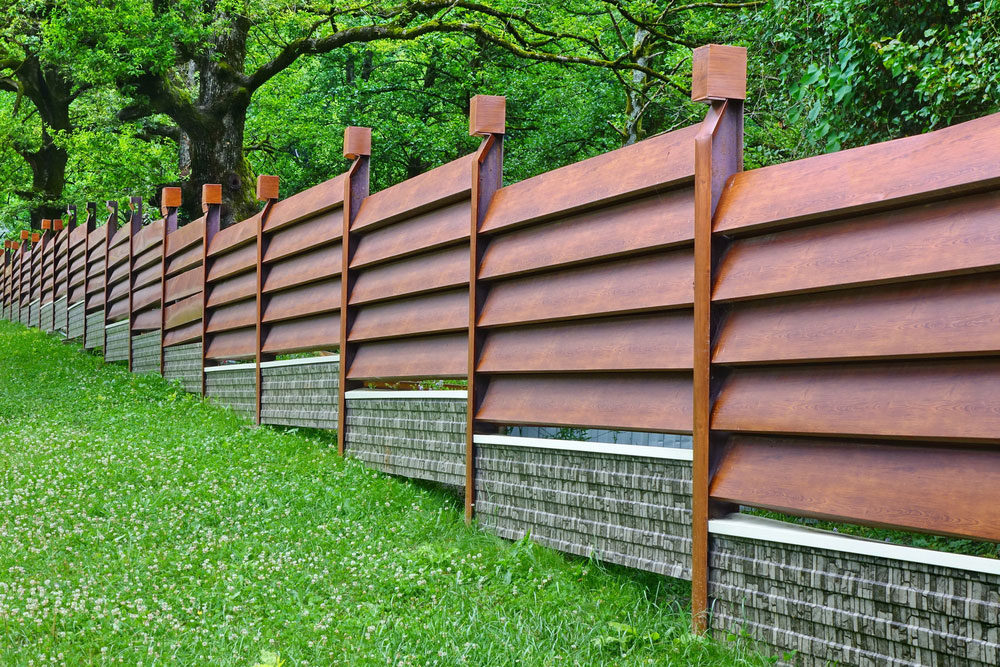Warming climate upends Arctic mining town
Longyearbyen (AFP) – Tor Selnes owes his existence to a lamp. He miraculously survived a fatal avalanche that drop mild on the vulnerability of Svalbard, a region warming faster than anyplace else, to human-triggered local climate modify.
On the morning of December 19, 2015, the 54-calendar year-aged university observe was napping at dwelling in Longyearbyen, the principal town in the Norwegian archipelago halfway between mainland Norway and the North Pole.
Quickly, a mass of snow hurtled down from Sukkertoppen, the mountain overlooking the city, using with it two rows of homes.
Selnes’ household was swept away 80 metres (263 ft). The home wherever he was sleeping was completely demolished amid “a scraping seem like metal in opposition to a highway”.
To stay clear of staying buried beneath the snow, he grabbed on to a ceiling lamp.
“It’s like I was in a washing device, surrounded by planks, glass, sharp objects, all the things you can think about”, recalls Selnes.
He survived, suffering just scrapes and bruises. His three young children, who had been in a further part of the property, have been unharmed.
But two neighbours — Atle, with whom he performed poker the night time just before, and Nikoline, a two-year-previous lady — missing their lives.
The accident, which experienced been unthinkable in locals’ eyes, despatched shockwaves as a result of the smaller community of below 2,500 men and women.
“There’s been a lot of converse of weather transform at any time given that I arrived… but it was sort of hard to just take in or to see,” creator and journalist Line Nagell Ylvisaker, who has lived in Longyearbyen given that 2005, tells AFP.
“When we stay right here each and every day, it is really like looking at a boy or girl increase — you really don’t see the glaciers retreat,” she suggests.
Eye-opener
In Svalbard, local climate improve has meant shorter winters temperatures that yo-yo a lot more frequent precipitation, more and more in the kind of rain and thawing permafrost — all conditions that enhance the danger of avalanches and landslides.
In the days following the tragedy, unseasonal rains drenched the city. The pursuing autumn, the region saw history rainfalls, and then a new avalanche swept absent one more residence in 2017, this time with no victims.
“Ahead of there was a great deal of communicate about polar bears, about new species, about what would transpire to the character all around us” with climate transform, Ylvisaker explains, incorporating: “The polar bear floating on an ice sheet is form of the major image”.

The string of extreme weather incidents “was definitely an eye-opener of how this will impact us humans as well”.
Soon after the two avalanches, authorities condemned 144 homes they thought of at threat, or all-around 10 % of the town’s properties, and installed a huge, granite anti-avalanche barrier at the foot of Sukkertoppen.
It is an ironic turnaround for Longyearbyen, which owes its existence to fossil fuels.
The town was started in 1906 by US businessman John Munro Longyear, who arrived to extract coal. It grew up around the mines in a jumble of brightly coloured picket properties.
Pretty much all the mines are now shut, the last a person owing to shutter next 12 months. An enormous sci-fi-like hangar of trolleys towers in excess of the city, bearing witness to its previous as a mining city.
Now it is human-caused climate change that is earning its mark on the landscape right here.
Scorching location
According to Ketil Isaksen, a researcher at the Norwegian Meteorological Institute, the Svalbard location is “the area on Earth the place temperatures are growing the most”.
In the northernmost section of the Barents Sea exactly where the archipelago is located, temperatures are soaring five to seven occasions faster than on the earth as a total, in accordance to a analyze he co-authored and just lately released in scientific journal Character.
Why? The shrinking sea ice, demonstrate researchers. It usually functions as a layer of insulation blocking the sea from warming the environment in winter and defending the sea from the solar in summer season.
In Longyearbyen, thawing permafrost usually means the soil is slumping. Lamp posts are tilting and developing foundations require to be shored up because the floor is shifting. Gutters, the moment unnecessary in this chilly and dry climate, have started off showing on roofs.

On the edge of town, persons applied to snowmobile throughout the now not-so-aptly named Isfjorden (Ice fjord), which hasn’t frozen over due to the fact 2004.
Even the famed World-wide Seed Vault, made to safeguard the planet’s bio-diversity from guy-produced and purely natural disasters, has had to go through key renovations immediately after the entrance tunnel bored into a mountainside unexpectedly flooded.
At the workplaces of nearby newspaper Svalbardposten, chief editor Borre Haugli sums up the region’s weather modify: “We you should not go over it. We see it”.
© 2022 AFP



